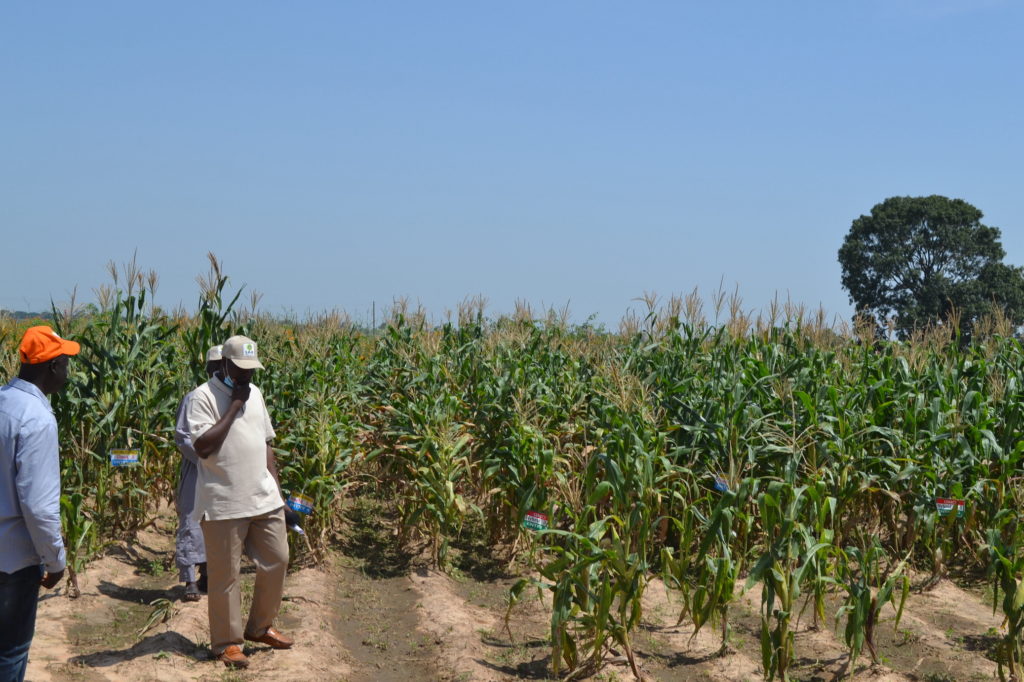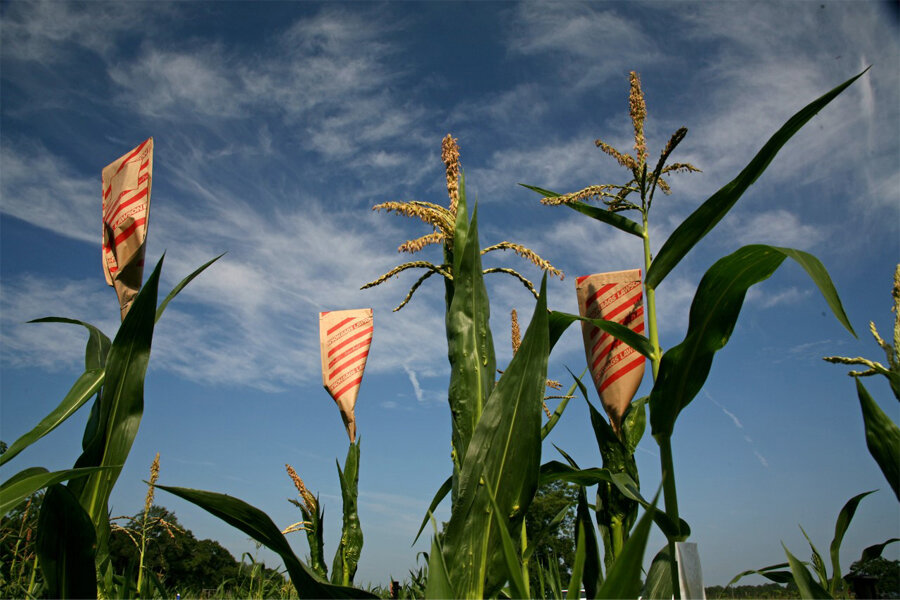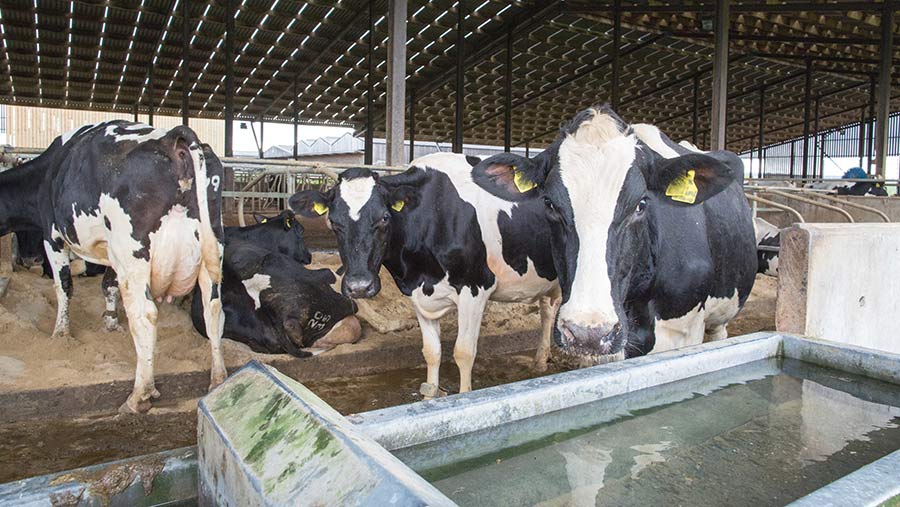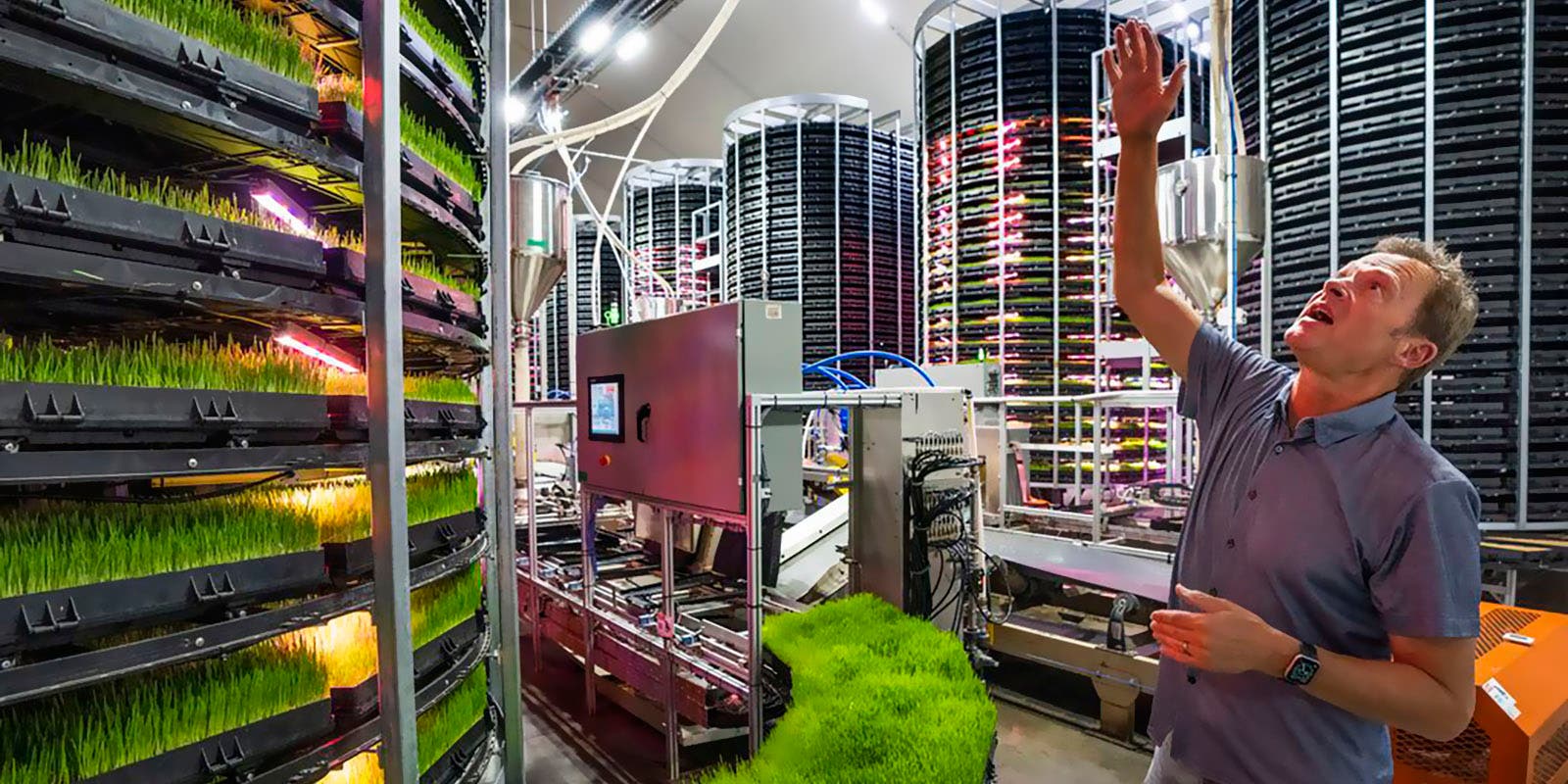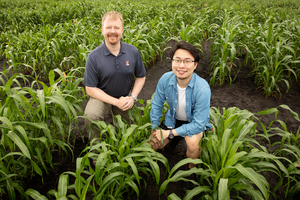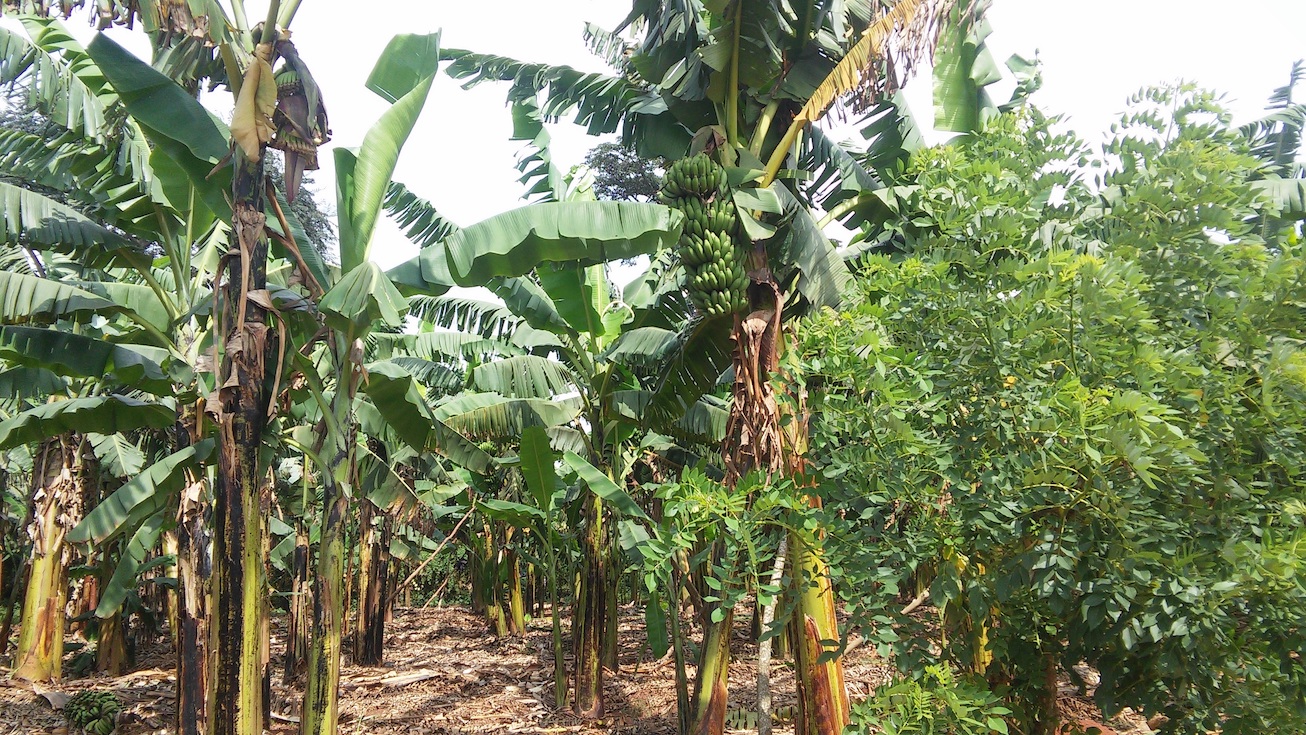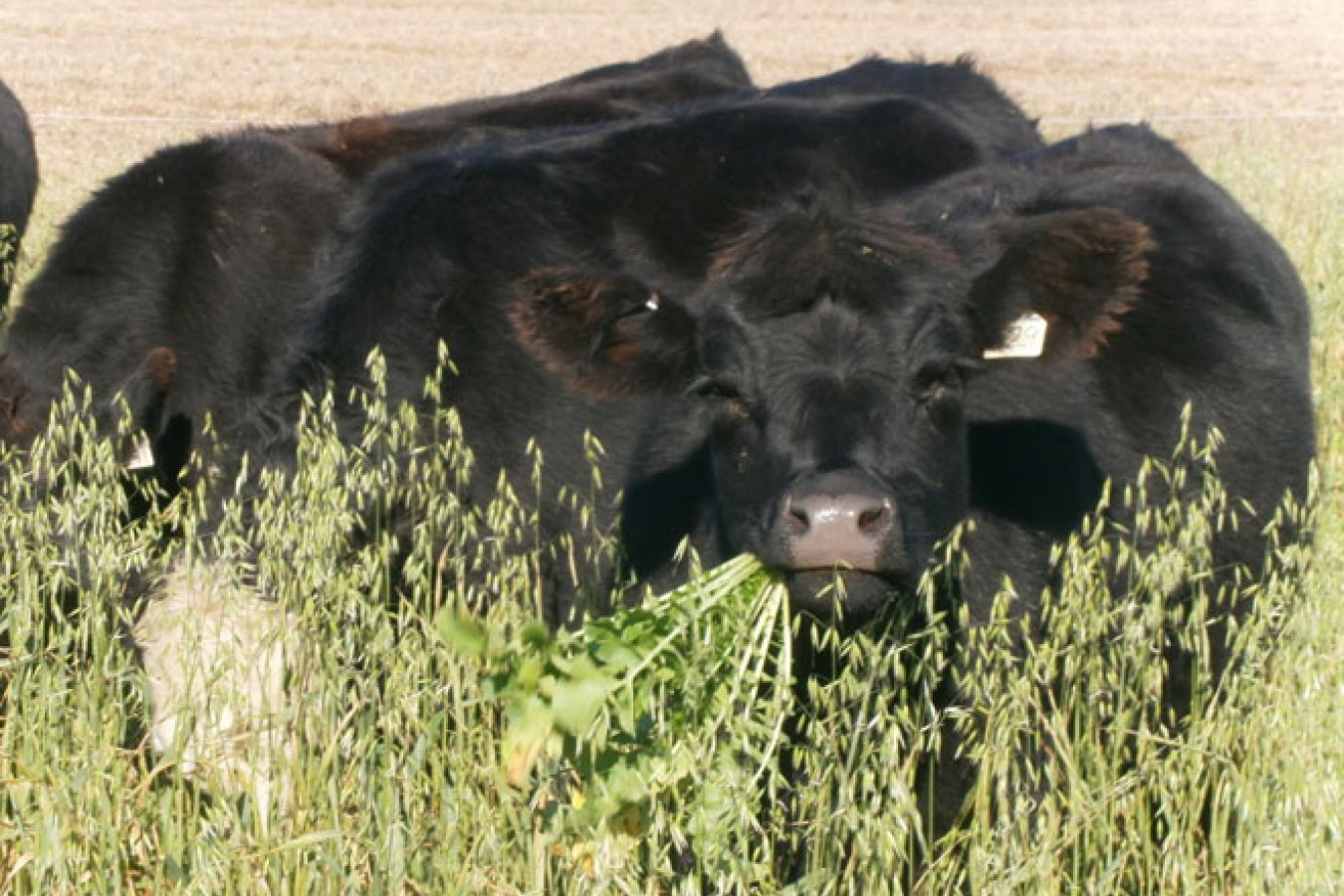 John LaRose Jr.
John LaRose Jr.
Topics: Corn/Maize, Crop Consultant, Agriculture Global, Water, Pest Control, Insects, Research, Ag Africa,
GM maize progresses in Nigeria as farmers struggle with drought and insect pests - Alliance for Science
As farmer Ahiaba Sylvanus recalls, it never used to be necessary to spray maize, millet and guinea corn with pesticides in the Nigerian state of Kaduna, where he lives. But the recent long drought, likely resulting from climate change, weakened the cereal crops, which were then attacked by insects. “Maize is a very important crop […]
-
(0)
-
Bookmark
- Comments (0)
 John LaRose Jr.
John LaRose Jr.
Topics: Corn/Maize, Education U.S. SouthEast, Water, GMO's, Research, Genes /Genetics, Regenerative Agriculture,
Navigating the corn maze: A technique to map out 'light switches' of maize genome - todaybiznews
Pollination bags cover corn tassels at a Florida State University research field for an experiment led by biology Professor Hank Bass. The bags prevent plants from being pollinated, which allows scientists to avoid contamination of the specimens they are researching. Credit: Jonathan Doster Getting a full understanding of how genes are regulated is a major …
-
(0)
-
Bookmark
- Comments (0)
-
(0)
-
Bookmark
- Comments (0)
 John LaRose Jr.
John LaRose Jr.
Topics: Precision AG , Livestock/Meat, Agriculture US, Agriculture Global, Water, Economics, Sustainability, Beef Cattle,
Tech Firm Promises 1500x More Cattle Feed Using 5% of The Water
The two-story cylinders at Grōv Technologies' "Olympus Farms" slowly but steadily rotate squares of wheat or barley grass through a rapid growth cycle that takes the crops from seed to feed in seven days.
-
(1)
-
Bookmark
- Comments (0)
 John LaRose Jr.
John LaRose Jr.
Topics: Precision AG , Agriculture US, Crop Consultant, Agriculture Global, Water, Sustainability, Ag Tech,
New imaging, machine-learning methods speed effort to reduce crops’ need for water
Scientists have developed and deployed a series of new imaging and machine-learning tools to discover attributes that contribute to water-use efficiency in crop plants during photosynthesis and to reveal the genetic basis of variation in those traits.
-
(0)
-
Bookmark
- Comments (0)
08/24/2021 SOURCE: www.forbes.com
A new decentralised water treatment system is looking to reduce the high capital expenses of wastewater treatment and generate electricity from cleaning wastewater using a bioelectrochemical process.
This Female Entrepreneur Is Using Microbial Fuel Cell Technology To Improve Industrial Wastewater Treatment
-
(0)
-
Bookmark
- Comments. (0)
 John LaRose Jr.
John LaRose Jr.
Topics: Water, Fruit, Sustainability, Ag Global Specialty Food, Ag Africa,
East Africa's banana farmers welcome new varieties that resist disease and drought - Alliance for Science
Plant breeders in Uganda and Tanzania have developed drought-tolerant and disease-resistant banana hybrids that are intended to support the commercialization of East Africa’s banana sector. The response to the new hybrids has been positive from more than 1,350 Ugandan and Tanzania smallholder banana farmers who have struggled to sustain their plantations beyond four or five […]
-
(0)
-
Bookmark
- Comments (0)
08/19/2021 SOURCE: www.ipsnews.net
Access to water is a constant struggle in Central America, a region with more than 60 million people, many of whom live in rural areas where conditions for good quality water and enough for food produ
Community-Based Solutions Alleviate Water Shortages in Central America – In Pictures
-
(0)
-
Bookmark
- Comments. (0)
 John LaRose Jr.
John LaRose Jr.
Topics: Soil Health, Precision AG , Agriculture US, Cover Crops, Crop Consultant, Agriculture Global, Water, Sustainability, Education,
South Dakota producers reap rewards of cover crops
The longer farmers use cover crops, the more likely they are to see the benefits and to use the conservation practice on a higher percentage of their farmland, according to a survey of eastern South Dakota producers. Cover crops, which are planted after harvesting the cash crop, help prevent erosion and runoff and increase soil organic matter, thereby reducing the need for fertilizer and improving water quality. In addition, cover crops can help suppress weeds, thereby reducing herbicide and pesticide usage, according to assistant professor Tong Wang of South Dakota State University’s Ness School of Management and Economics. She is part of a team of SDSU researchers who conducted the spring 2018 survey to evaluate producers’ perceptions about the benefits of conservation practices aimed at improving soil health, reducing the industry’s carbon footprint and increasing the sustainability of agriculture. Furthermore, Wang reported those who use cover crops for grazing are more likely to view them as increasing their profitability, even during the first few years. “Grazing helps offset the cost of using cover crops by reducing forage costs.” More than 70% of South Dakota producers graze their livestock on crop residue and cover crops, according to a 2016 survey in the Northern Great Plains. An article on South Dakota farmers’ perceptions about profitability and their likelihood of continuing to use cover crops was published in the Journal of Agricultural and Resource Economics. The research was funded by the South Dakota Corn Utilization Council and the U.S. Department of Agriculture Natural Resources Conservation Service. Tracking cover crop usage In the contiguous United States, the number of acres on which farmers plant cover crops increased from 218,000 in 2012 to 619,000 in 2017, according to the fifth-annual Sustainable Agriculture Research and Education–Conservation Technology Information Center cover-crop survey. Of the 708 South Dakota producers who responded to the SDSU researchers’ su...
-
(1)
-
Bookmark
- Comments (0)
 John LaRose Jr.
John LaRose Jr.
Topics: Crop Consultant, Agriculture Global, Water, Sustainability, Research, Climate Change,
Humble pond plant duckweed may help researchers to develop better crops
Duckweed, a tiny freshwater floating plant, is an excellent laboratory model for scientists to discover new strategies for growing hardier and more sustainable crops in an age of climate change and global population boom, a Rutgers-led study finds.
-
(0)
-
Bookmark
- Comments (0)


